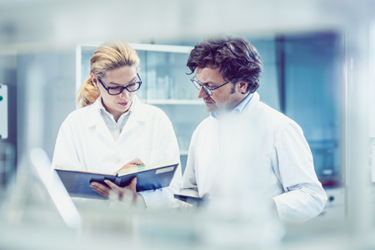Key Changes To Biocompatibility And Updates To New FDA Draft Guidance
By Kimberly Ehman, Ph.D., DABT, & Andrew Blakinger, Eurofins Medical Device Services; Melissa Ellis, Product Safety Labs

To ensure the safety of medical devices, a comprehensive Biological Evaluation Program is essential, starting with understanding device materials and potential hazards documented in a Biological Evaluation Plan (BEP). A core aspect involves assessing various biological responses through chemical characterization and biocompatibility testing.
The upcoming changes to ISO 10993-1 emphasize a risk-based approach, updating exposure duration categories and reorganizing the testing matrix to simplify the assessment of biological effects. Terminology is revised for clarity, and there's a new focus on evaluating biocompatibility across the device's entire life cycle, including foreseeable misuse and reprocessing.
Furthermore, the recent FDA draft guidance on chemical analysis standardizes Extractables and Leachables (E&L) testing. This process, when successful, can reduce the need for costly in vivo assays by using a Toxicological Risk Assessment (TRA). The guidance provides recommendations for extraction conditions, solvents, and the use of iterative, exhaustive extraction for long-term patient contact devices.
Navigate the complexities of these regulatory changes to ensure successful submissions and patient safety.
Get unlimited access to:
Enter your credentials below to log in. Not yet a member of Med Device Online? Subscribe today.
